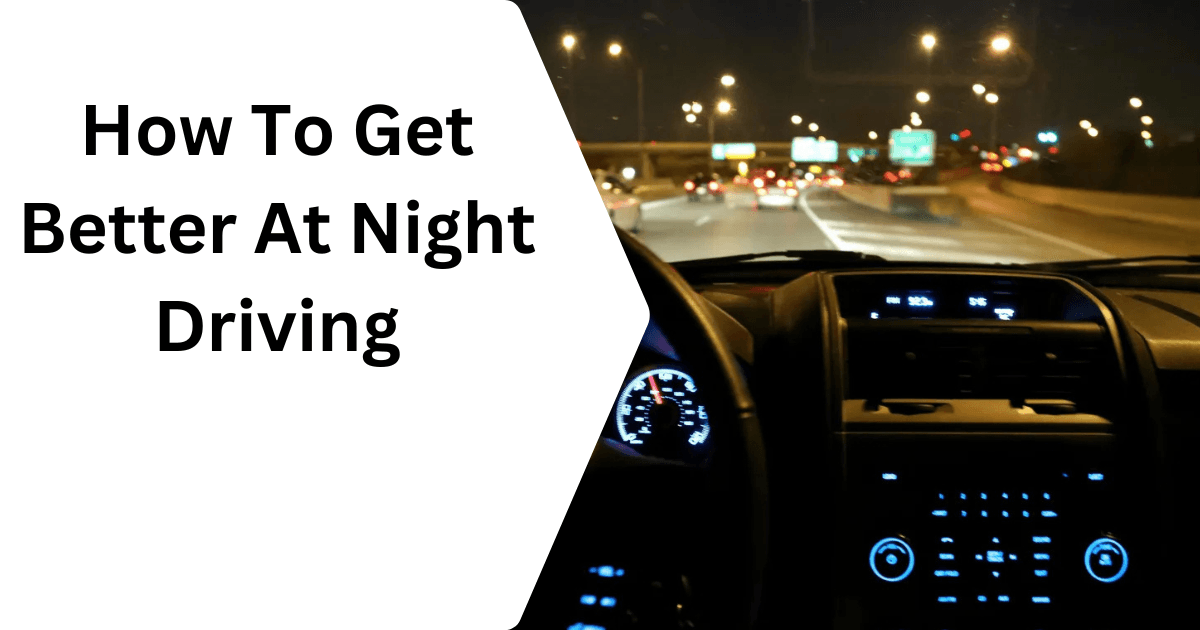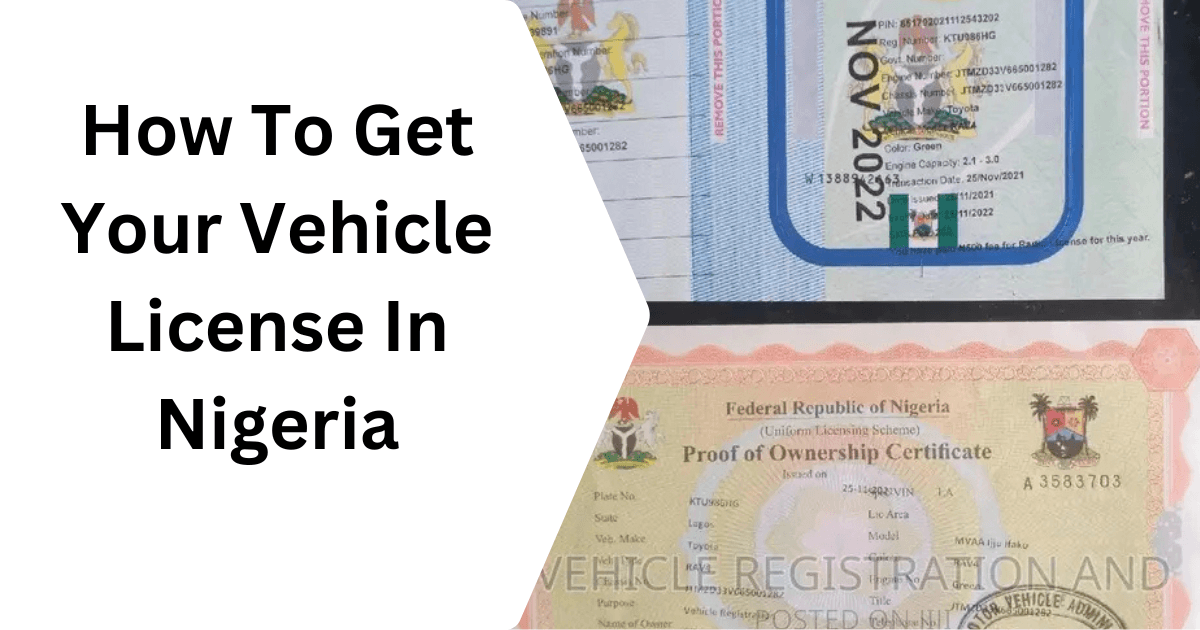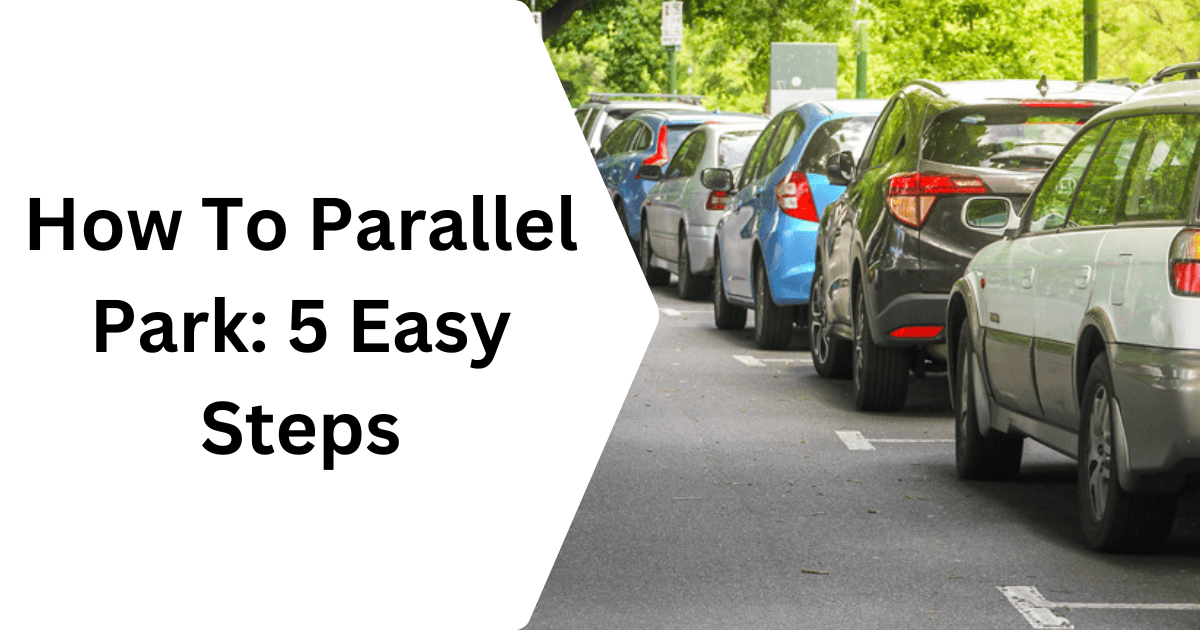If you find it harder to see clearly when driving at night compared to during the day, you’re not alone. Many drivers experience difficulties at night due to reduced visibility, sensitivity to bright lights, and shorter visual distance. In fact, about 70 percent of accidents in which cars hit pedestrians happen after dark. Older drivers are especially prone to night vision problems, even if their daytime vision is fine. Besides these changes, people are more likely to develop eye conditions that can affect night vision, including cataracts, macular degeneration, and glaucoma.
This article will cover some effective ways to improve your night vision and become a safer, more confident driver in low-light conditions.
Ensure Your Vehicle’s Headlights Are Properly Adjusted
One of the most important things you can do to improve night driving is to make sure your vehicle’s headlights are properly adjusted. If your headlights are angled too high, they can blind oncoming drivers, creating a dangerous situation for everyone on the road. On the other hand, if they are too low, you might not be able to see far enough ahead, making it harder to spot obstacles, pedestrians, or curves in the road. Regularly check your headlights’ alignment and adjust them if needed, especially if you have recently changed the bulbs or replaced your headlight units.
Properly adjusted headlights also help light up the sides of the road, which is important for spotting animals, cyclists, or other things that might suddenly appear. Make sure to clean your headlights regularly because dirt, fog, and scratches can make them less bright, which makes it harder to see clearly at night. If your headlights seem dim or have a yellowish color, think about upgrading to brighter bulbs like LED or HID. These newer bulbs give off more light and can make night driving safer.
Clean Your Windshield and Mirrors
A clean windshield is essential for good visibility, especially when driving at night. Dirt, smudges, and streaks on the glass can make it harder to see clearly, especially when light from oncoming cars hits the windshield. Make sure to clean both the inside and outside of your windshield regularly. Use a good glass cleaner and a microfiber cloth to remove any dust, grime, or smears that could blur your vision.
Your side and rearview mirrors are just as important for safe night driving. Dirty mirrors can reflect light in unexpected ways, making it harder for you to judge the distance of other vehicles. Clean your mirrors often, and check that they are properly adjusted before you start driving. This will help you see clearly and avoid distractions from light glare, allowing you to focus better on the road.
Reduce Your Speed and Increase Following Distance
When you drive slower, you have more time to react if something unexpected appears on the road, like an animal, potholes, a pedestrian, or a broken-down vehicle. Lower speeds also make it easier to see the road signs and curves, helping you stay in control of your car.
It is also a good idea to keep a greater distance between your car and the one in front of you. At night, judging distances can be tricky, and headlights from other cars might cause glare or make it harder to see clearly.
Learn to Handle Glare from Oncoming Traffic
Glare from the headlights of oncoming cars can be very distracting and make it hard to see the road. One way to reduce this glare is to avoid looking directly at the headlights of the other car. Instead, try to focus on the white line on the right side of the road. This can help guide you while still keeping your car in the correct lane. Using your peripheral vision to be aware of the road and other cars is also helpful.
Another tip is to keep your windshield clean, as dirt and streaks can make glare even worse. If you still find glare to be a big problem, consider using anti-glare glasses made for night driving. These glasses can reduce the brightness of oncoming lights and make it easier to see the road ahead. Taking these small steps can help you stay safe and comfortable while driving at night.
Make Sure Your Eyes Can Handle Night Driving
Your eyes play a big role in safe night driving, so it’s important to make sure they are in good condition. Regular eye check-ups can help you catch any vision problems early, like nearsightedness or other issues that might make it harder to see at night. If you wear glasses or contact lenses, ask your eye doctor if they are suitable for night driving or if you need special lenses to reduce glare and improve your vision in low light.
You can also make small changes to help your eyes adjust to the dark. For example, try to avoid bright screens like your phone or GPS right before you start driving, as this can strain your eyes. Instead, give your eyes time to adapt to the dark before heading out. If you feel your eyes are tired or strained while driving, take a break. This will help you stay alert and keep your vision clear during your journey.
Adjust Your Interior Lighting
Bright interior lights can be distracting when driving at night. If the dashboard or cabin lights are too bright, they can make it harder for your eyes to adjust to the darkness outside, affecting your ability to see the road clearly. To improve your night driving, dim the dashboard lights and turn off any unnecessary interior lights while you are on the road.
Keeping the cabin dark will help reduce glare and reflections on the windshield, making it easier for your eyes to focus on what’s outside. If you need to read something, like a map or directions, use a small, dim light or pull over to a safe spot. Adjusting your interior lighting this way will improve your visibility and allow you to drive more safely at night.
FAQs
1. Why is night driving more difficult than daytime driving?
Night driving is more challenging because visibility is significantly reduced, making it harder to see the road, obstacles, and other vehicles. In the dark, your eyes have to work harder to adjust to low-light conditions, and it can be difficult to judge distances accurately. The glare from oncoming headlights can also cause discomfort, momentarily blinding you and making it hard to see clearly.
Additionally, factors like poor weather, unfamiliar roads, and fatigue can make night driving even riskier. These issues mean you have to be more alert and cautious. Proper preparation, such as cleaning your headlights and mirrors, and adjusting your speed and following distance, can help you handle these challenges more effectively and improve your overall safety on the road.
2. What can I do to improve my night vision for driving?
Improving your night vision starts with taking care of your eyes. Regular eye check-ups can help catch any vision problems early, and you may need special glasses for night driving to reduce glare and improve clarity. Keeping your windshield, mirrors, and headlights clean can also make a big difference in how well you see the road at night.
You should also consider using anti-glare glasses, adjusting your interior lights, and ensuring your headlights are properly aligned. Simple actions like these can enhance your ability to see clearly when driving at night, making it easier to navigate dark roads and avoid potential hazards. Preparing yourself and your vehicle can greatly reduce the risks associated with night driving.




